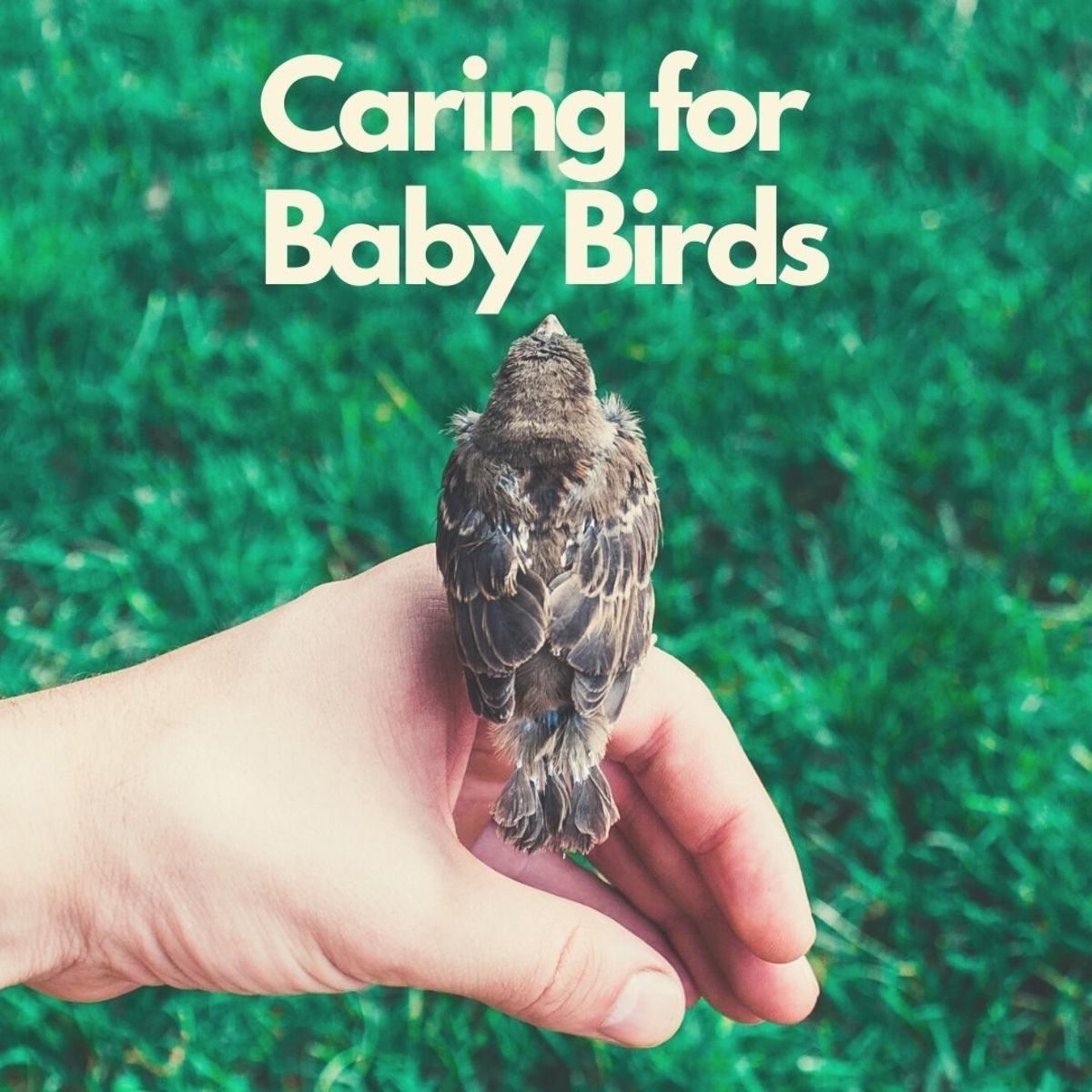
Caring for a Wild Baby Bird: A Comprehensive Guide
Introduction
Encountering a wild baby bird can evoke a mix of emotions, from compassion to concern. While it’s natural to want to help, it’s crucial to approach the situation with caution and knowledge. This comprehensive guide will provide you with the essential information and steps to care for a wild baby bird, ensuring its well-being and maximizing its chances of survival.
Assessment and Identification
Before attempting to handle the bird, observe it from a distance to assess its condition. Note any visible injuries, such as broken bones or bleeding. If the bird is alert and active, it may not require immediate intervention. However, if it appears weak, lethargic, or injured, it’s essential to intervene promptly.
Identify the species of the bird using field guides or online resources. This will help determine its specific dietary and care requirements.
Handling and Transportation
Handle the bird gently using a soft cloth or paper towel. Avoid touching its feathers, as this can damage them. If the bird is injured, place it in a small, ventilated box lined with soft material.
Transport the bird to a warm, quiet place away from predators and noise. Do not feed or water the bird during transportation.
Feeding
The type of food a baby bird requires depends on its species. Insectivores, such as robins and sparrows, need a diet of live insects. Herbivores, such as doves and pigeons, require seeds and plant matter.
Insectivores:
- Purchase live mealworms, crickets, or waxworms from a pet store.
- Offer the insects to the bird using tweezers or a small spoon.
- Feed the bird every 15-30 minutes during daylight hours.
Herbivores:
- Soak small seeds, such as millet or canary seed, in water for several hours.
- Mash the soaked seeds into a soft paste.
- Offer the seed paste to the bird using a small spoon or syringe.
- Feed the bird every 2-3 hours during daylight hours.
Hydration
Baby birds require regular hydration. Offer the bird small drops of water using an eyedropper or syringe. Do not force the bird to drink, as this can cause aspiration.
Warmth
Baby birds cannot regulate their body temperature effectively. Provide a warm environment for the bird using a heating pad set on low or a warm water bottle wrapped in a towel. Monitor the bird’s temperature closely to avoid overheating.
Hygiene
Keep the bird’s environment clean and free of waste. Remove any soiled material regularly. Avoid bathing the bird, as this can damage its feathers.
Rehabilitation and Release
The ultimate goal of caring for a wild baby bird is to rehabilitate it and return it to the wild. This process can take several weeks or months, depending on the bird’s age and condition.
Rehabilitation:
- Gradually increase the frequency and duration of feedings as the bird grows.
- Introduce the bird to live prey or seeds, depending on its species.
- Provide the bird with a larger enclosure to practice flying and hopping.
Release:
- Once the bird is fully feathered, strong, and able to feed itself, it’s time to release it.
- Choose a suitable release site with plenty of food and shelter.
- Open the enclosure and allow the bird to fly away on its own.
When to Seek Professional Help
In some cases, it may be necessary to seek professional help from a wildlife rehabilitator. This is especially important if:
- The bird is severely injured or has a broken bone.
- The bird is not eating or drinking well.
- The bird has a respiratory infection or other medical condition.
- You are unable to provide the necessary care for the bird.
Legal Considerations
In many jurisdictions, it is illegal to keep wild birds as pets. It’s important to check local laws and regulations before attempting to care for a wild baby bird.
Conclusion
Caring for a wild baby bird is a rewarding but challenging experience. By following the guidelines outlined in this article, you can provide the bird with the best possible care and increase its chances of survival and successful release back into the wild. Remember to approach the situation with compassion, patience, and respect for the bird’s natural instincts.
